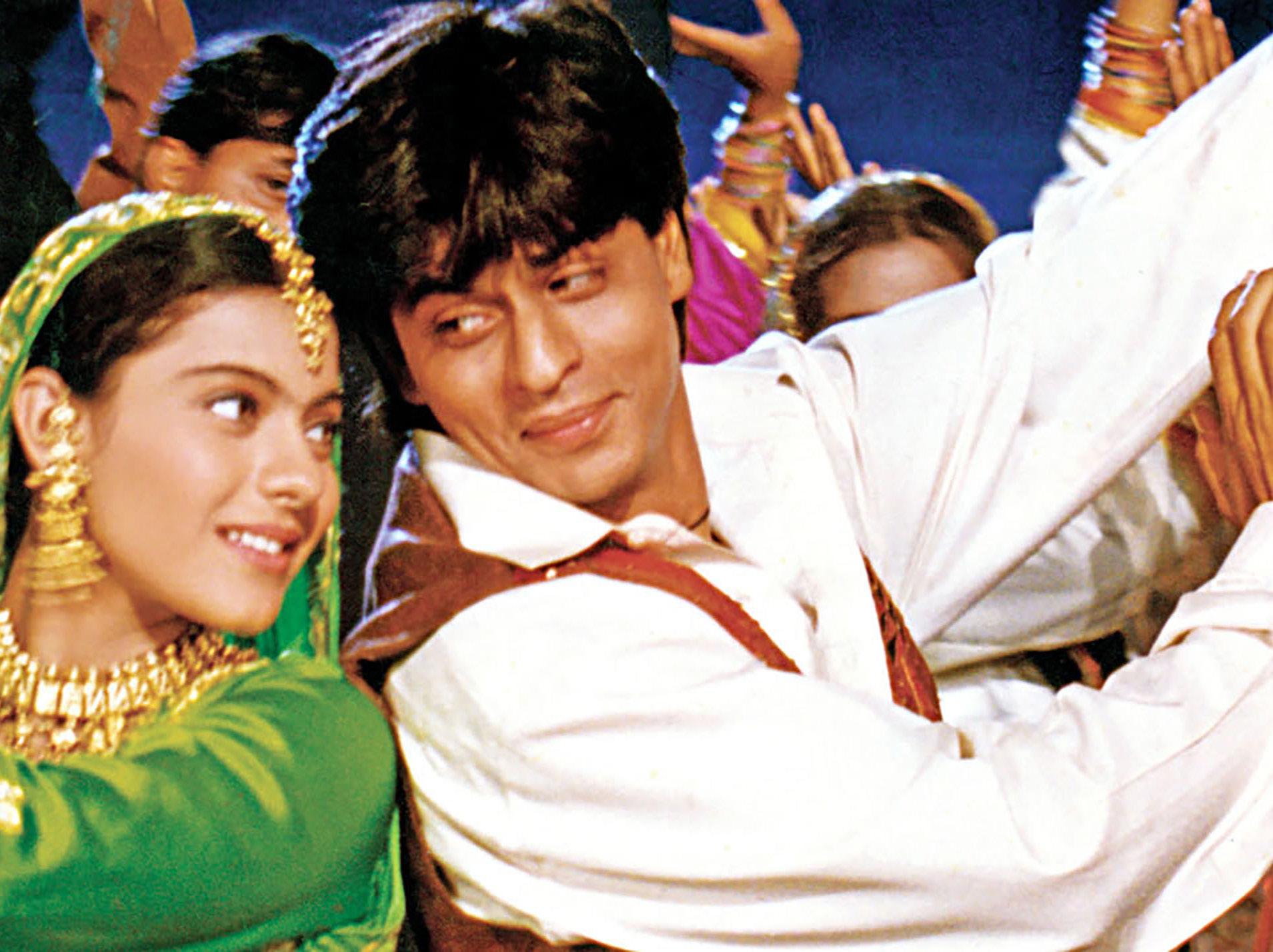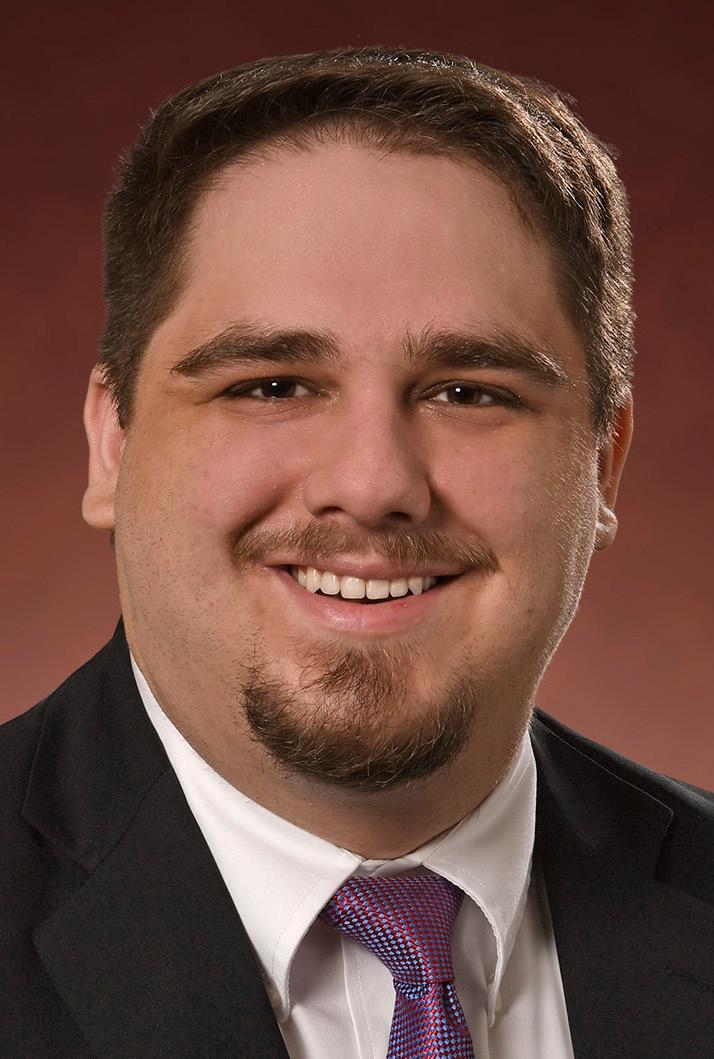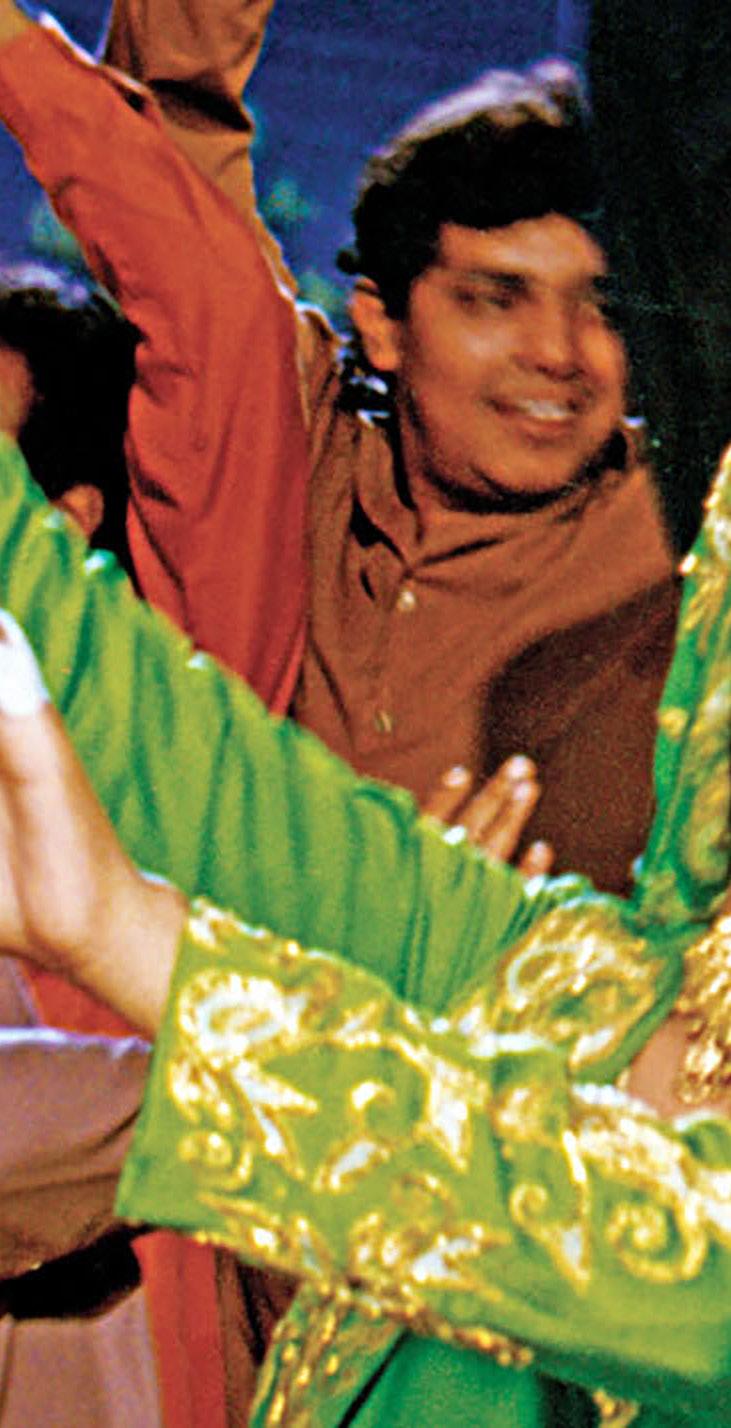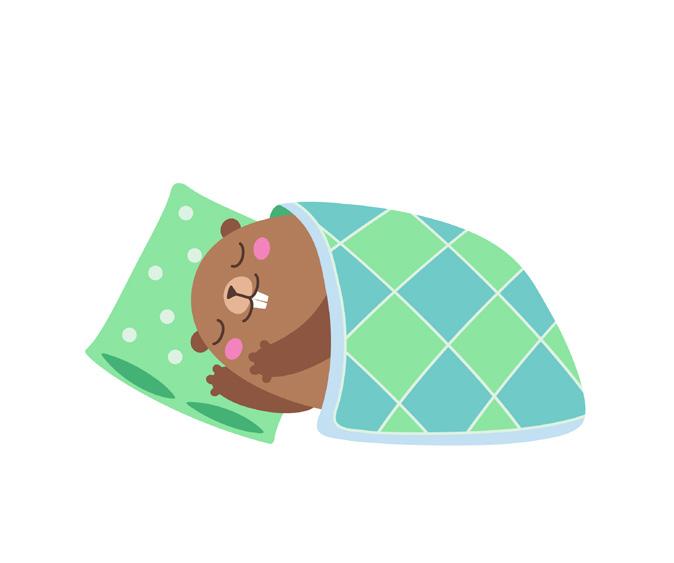
5 minute read
Arranged for Who? A
Arranged for Who? A Response to the Committee and the
Cowboy By Harshwinder Kaur
The iconic Bollywood film, Dilwale Dulhania Le Jaayenge (1995), revolutionized cultural attitudes towards arranged marriages. Raj meets Simran, they fall in love, but cannot marry because Simran’s father has arranged her marriage to his best friend’s son. The plot follows the couple’s journey to convince Simran’s father to let her marry for love. Simran’s father eventually agrees and lets her choose her spouse with the iconic line: “Ja Simran ja, jee le aapni zindagi” (“Go, Simran, go, live your life the way you want to”).
Like many other young Indian women, I had every detail of my colorful, multi-day, dream Indian wedding planned on Pinterest before I even had a boyfriend, let alone a fiancé. Indian weddings are beautiful, full of celebrations, and consist of a myriad of diverse traditions that reflect our rich history and unique culture. However, whenever I spoke about Indian weddings with my non-Indian, often white, peers they always brought up the topic of arranged marriages. They would ask me whether my parents required me to get an arranged marriage and even when I did get engaged to my fiancé, who also happens to be South Asian, the first question my white peers asked was “did your parents arrange your marriage?”
“Arranged marriage culture” is so strongly intertwined with Indian wedding culture that they are sometimes indistinguishable. The failure to separate the two can often result in negative stereotyping of the diverse South Asian diaspora into one monolith with the idea that all Indians have arranged marriages. Which is bizarre, because if you talk to anyone from India, they’ll tell you of the legendary love stories of Radha-Krishna or Heer-Ranjha. Or if you’re a Bollywood fan, then you’re certainly familiar with the saga of Raj and Simran. Sometimes, this stereotyping about arranged marriage leads to false and harmful conclusions, like the Indian tradition of “more input” when matchmaking leads to lower divorce rates and happier marriages (see the February 2021 issue of The Docket).
I understand the alure of exotifying arranged marriages, but it presupposes that the problem in the West is that there is a dearth of information for people who are choosing partners in a non-arranged context. This assumption is false since there is rarely a problem of having too much information or input when seeking a partner. Often more information helps everyone make a better choice! What we should focus on instead is the individual’s choice in entering a marriage or the individual’s choice to end a marriage. Shifting the focus to choice allows us to broaden the conversation, to be more inclusive. For example, up to this point, we haven’t even discussed non-heteronormative couples who may seek completely different things than what their parents or community might want for them. In fact, India hasn’t even granted equal marriage rights to same-sex couples.
It’s also important to note that there’s a difference between matchmaking and arranged marriage. Matchmaking is like swiping on Hinge but your parents, family, and friends, are involved in the process. All of this unasked for input may already ring true for half the millennials I know! Arranged marriage culture and stereotyping, on the other hand, is often used to suppress individual choice.
Proponents of traditional arranged marriages often make statements like “arranged marriages last longer than love marriages” or “look at how low India’s divorce rate is compared to America’s divorce rate.” A low divorce rate doesn’t necessarily lead to the conclusion that everyone remains happily married. If anything, it demonstrates a lack of women’s rights. Arranged marriage culture has been used to uphold the patriarchy, casteism, racism, and classism (that’s a lot of isms for one institution to hold up). The individuals that are the most marginalized in a society are silenced — whether that’s women, non-heteronormative individuals, or lower-caste individuals.— while others make decisions for them.
In countries where traditional arranged marriage is prominent, marriage is arranged by a committee — often consisting of men — that seeks a suitor for the woman. They negotiate the terms of the marriage on behalf of the woman, often accompanied by a dowry or gifts to the prospective groom and his family. This method was used to perpetuate caste hierarchy by arranging marriages between two individuals from the same caste or simply forming marriages to forge business relationships for the fathers.
Often, marriages were — and still are — arranged without the consent of the woman, which further upholds the patriarchy. If the wife wants to leave the marriage and seek a divorce, it’s seen as shameful. She’s not just rejecting her suitor, she’s rejecting her father’s decision. If the husband seeks a divorce, then oftentimes society wonders what the wife must’ve done to drive her husband away. And even the act of seeking a divorce in India is cumbersome. The Hindu Marriage Act requires a mandatory reconciliation period before a divorce can be granted. Anti-woman societal pressure combined with systemic hurdles instated to uphold the patriarchy are why arranged marriages result in lower divorce rates in countries like India.
Information for an individual’s choice is fine, but societal or community pressure to get married and avoid divorce in an unhappy or in an abusive marriage is not an optimal outcome. To conclude otherwise, while ignoring some of the negative effects of arranged marriage culture, is harmful to women and the South Asian community.
Just as Raj and Simran’s story shifted the cultural approach regarding marriage from emphasizing the consent of the community to emphasizing the consent of the individual, I hope we can endorse a version of Indian marriages that exemplifies the colorfulness of Indian weddings while also acknowledging the struggles many individuals faced for their freedom of choice in marriage.

HARSHWINDER (HARSHY) KAUR is a 2021 Juris Doctorate candidate at the University of Denver, Sturm College of Law and will start as an associate at Ireland Stapleton Pryor & Pascoe, PC this fall. Harshy is a member of the South Asian Bar Association of Colorado (SABA-CO) and serves as the SABA-CO liaison on the Colorado Women’s Bar Association board.










